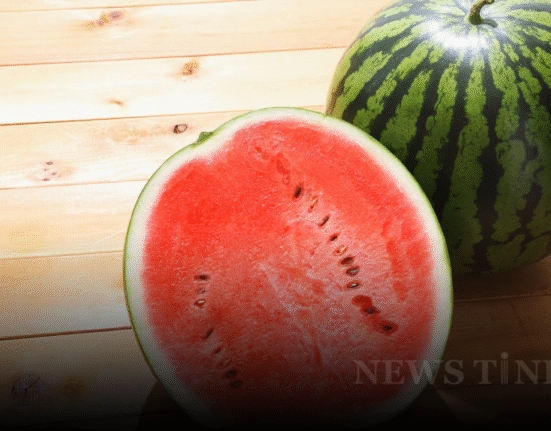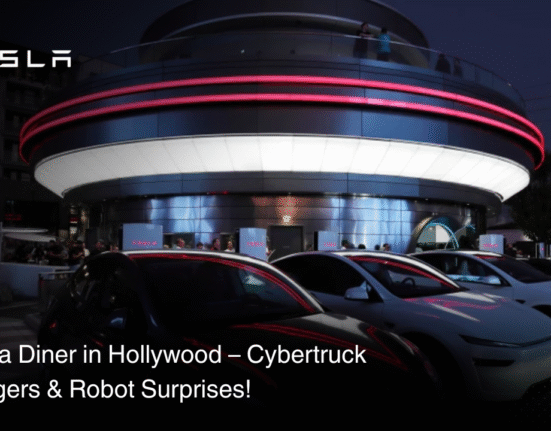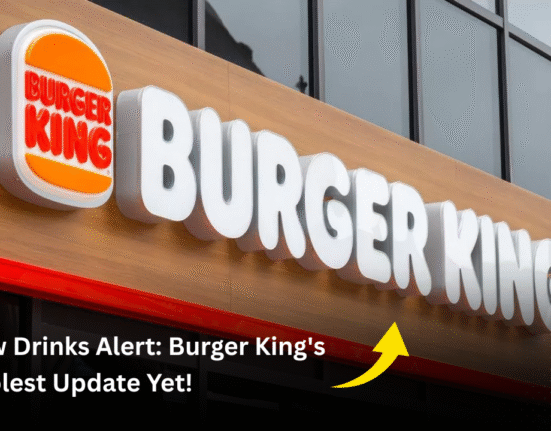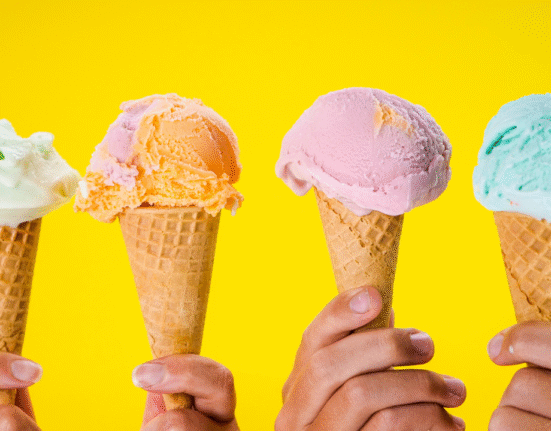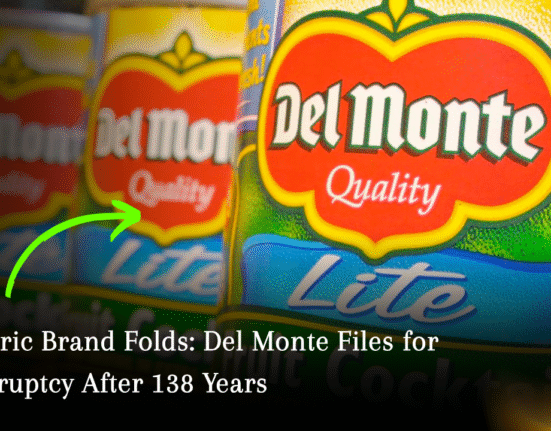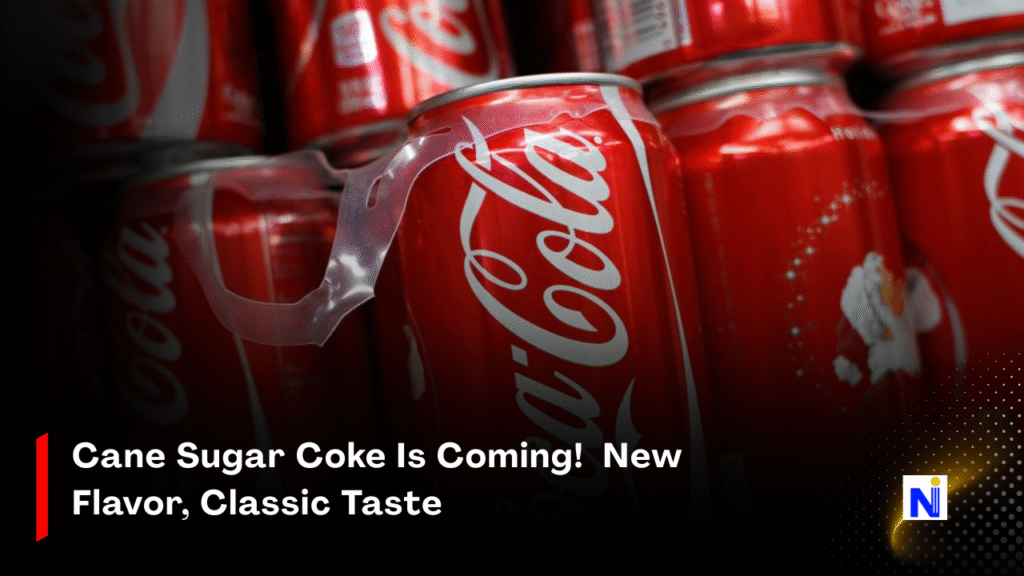
A Sweet Throwback: Coca-Cola Brings Cane Sugar Cola to U.S. Shelves
For decades, Americans have grown up sipping the familiar fizz of Coca-Cola, a beverage deeply embedded in pop culture and backyard barbecues. But this fall, the iconic soda is getting a sweet update that’s actually a throwback: Coca-Cola is officially launching a cane sugar Coca-Cola version in the U.S.
Yes, you read that right. The real sugar Coke — the kind that has had fans chasing down Mexican imports or limited editions for years — is finally becoming part of the regular lineup stateside.
Let’s dive into why this matters, what prompted the move, and how Coca-Cola is balancing tradition with innovation.
Why the Change Now? A Presidential Push and Consumer Demand
The buzz began when former President Donald Trump took to social media to claim that Coca-Cola would begin using real cane sugar again in its flagship drink. At the time, many took it as political fanfare. But surprisingly, he wasn’t wrong.
Coca-Cola CEO James Quincey confirmed the announcement during a recent investor call, saying:
“We are definitely looking to use the whole tool kit of available sweetening options.”
A Few Key Reasons Behind the Shift:
- Consumer demand for less-processed ingredients: People are increasingly interested in knowing what goes into their drinks.
- Success of Mexican Coke: Coca-Cola has been importing Mexican-made Coke, which uses cane sugar, since 2005. It’s a cult favorite in the U.S.
- Industry trends: Rivals PepsiCo and Dr Pepper have been offering cane sugar varieties since 2009.
Cane Sugar vs. High Fructose Corn Syrup: What’s the Difference?
| Aspect | Cane Sugar | High Fructose Corn Syrup (HFCS) |
|---|---|---|
| Source | Sugar cane or sugar beets | Corn |
| Taste | Cleaner, more natural sweetness | Slightly heavier, syrupy sweetness |
| Health perception | Often seen as more “natural” | Often criticized for being overly processed |
While the nutritional differences may not be massive, the flavor and perception among consumers can be significant.
How Coca-Cola Plans to Roll It Out
James Quincey emphasized that this isn’t about replacing the classic Coke formula but rather offering options to meet diverse consumer preferences.
What We Know So Far:
- The cane sugar Coca-Cola will roll out in Fall 2025.
- Packaging details are still under wraps, but expect a clear distinction from the HFCS version.
- It may be sold alongside current Coke varieties like Coca-Cola Zero Sugar and Diet Coke.
Quincey also teased that Coca-Cola is looking into even more creative variations:
“We’re always looking for opportunities to innovate and see whether there’s an intersection of new ideas and where consumer preferences are evolving.”
This could include prebiotic colas — inspired by PepsiCo’s recent launch — or even fiber-enhanced versions like the one Coke already sells in Japan.
Coca-Cola’s Global Performance: Mixed Results, Sweet Profits
While the news of a cane sugar cola is exciting, it comes at a time when Coca-Cola’s global sales are a mixed bag.
Q2 2025 Highlights:
- Revenue: $12.5 billion (up 1%)
- Net Income: $3.8 billion (up 58%)
- Global case volume: Down 1%
- Coca-Cola Zero Sugar case volume: Up 14%
Despite sluggish volumes in North America, the company managed to beat expectations thanks to price hikes of 6% globally.
However, some markets faced real challenges:
- India: Hit by early monsoons and conflict.
- Thailand and Indonesia: Weaker-than-expected demand.
- U.S. low-income consumers: Pulled back on discretionary spending.
A Hispanic Consumer Crisis Resolved
In February, Coca-Cola found itself in hot water over a viral social media video claiming the company reported undocumented workers to ICE. Though the claim was false, it sparked a significant drop in Hispanic sales.
Quincey shared:
“It was still a headwind in the second quarter but the issue is now largely resolved.”
By the end of June, targeted ads and localized promotions helped Hispanic sales return to normal levels.
What’s Next for Coca-Cola?
Coca-Cola isn’t just stopping at cane sugar cola. The company is clearly keeping its eye on broader trends:
- Prebiotic beverages
- Functional sodas with added fiber or nutrients
- Global flavor innovations (Japan and Europe often lead the charge)
Consumers can expect even more variety and potentially more surprises on store shelves soon
A Sweet Move That Hits the Right Notes
If you’re one of those people who’s gone out of your way to grab a glass bottle of Mexican Coke — or fondly remember soda before the 1980s — this news probably made your day.
Bringing a cane sugar Coca-Cola to the U.S. isn’t just a gimmick. It’s a smart, timely move rooted in real consumer interest and taste nostalgia. Plus, it gives Coke fans more choice without removing what they already love.


